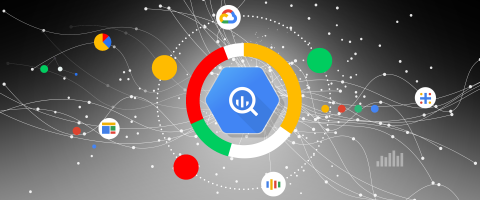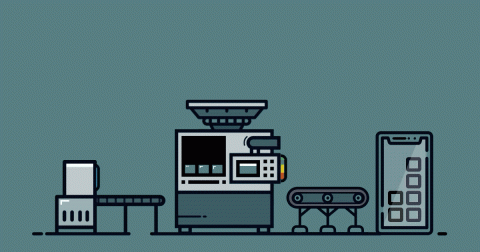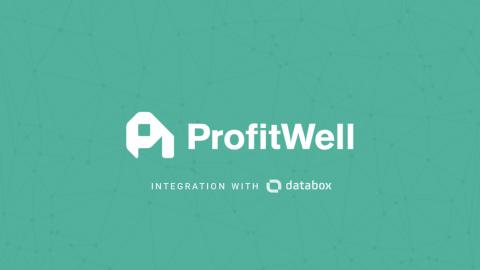Modern data warehousing with BigQuery: a Q&A with Engineering Director Jordan Tigani
As more and more businesses look to the cloud to store and manage their data, an increasing number are embracing BigQuery as their serverless, highly scalable, enterprise data warehouse.









